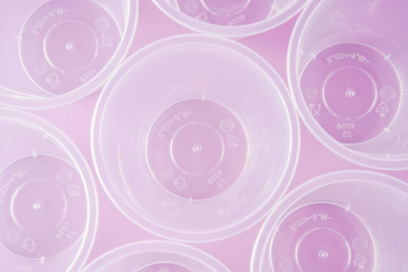Address:Room 906, building 6, SIIC Center, No.195 Hong Kong East Road, Laoshan District, Qingdao city, Shandong Province, China
E-mail:info@deltachem.net
On December 30, 2020, Novel Coronavirus vaccine of Sinopharm Beijing Co., Ltd. was approved by the State Food and Drug Administration (SFDA) and marketed with conditions. In order to meet the present demand that focus groups will be inoculated, China is speeding up the production of the Novel Coronavirus vaccine. Sinopharmaceutical Beijing Co., Ltd., Sinopharmaceutical Wuhan Co., Ltd., and Beijing Kexing Zhongwei Co., Ltd have started the "Accelerated" mode. Among them, 2021 Novel Coronavirus inactivated vaccine production capacity of Sinopharm Beijing Co., Ltd. can reach more than 1 billion doses. In order to ensure that the preparation of syringes is in place before the distribution of the new crown vaccine in 2021, the production and storage of disposable medical syringes has also become a new focus of attention in countries around the world. In 2021, the production and storage of disposable medical syringes has become a new focus of attention in countries around the world to ensure that the syringes will be ready before the distribution of Novel Coronavirus vaccines.

With the complete ban of ethylene oxide sterilization in 2015, irradiation sterilization has become the main sterilization method for medical infusion devices. Syringes are basically made of polypropylene. However, irradiation sterilization of polyolefin materials, especially tert-carbon-based polypropylene materials, will result in a significant deterioration of their properties. In the process of electron beam irradiation, the molecular chain of the material may be broken and cross-linked simultaneously, which reduces the molecular weight of the polymer and leads to the decline of mechanical properties. Hydroxy decomposition and free radicals lead to the yellowing and coloration of the material.
Therefore, In the near future, it will be the focus to obtain radiation-resistant polyolefin medical infusion equipment materials through research and the addition of additives.
To improve the irradiation discoloration performance of materials, we can consider from the aspects of enhancing the lightstability and antioxidant degradation of materials, namely: ① strengthening the shielding and absorption of irradiation rays; ② strengthening the non-free radical decomposition of hydrogen peroxides; ③ quenching the excited molecules; ④ capturing free radicals.
Ultraviolet absorber and light stabilizer HALS are the most important stabilizers to prevent material degeneration and failure caused by photochemical action and to improve the anti-radiation performance of materials. UV absorbers that our company can use in the syringe PP material mainly include the following three: Omnistab UV326, UV329 and UV360. These UV absorbers have the advantages of low toxicity and good light transmittance in visible light. The HALS LS770 has a good improvement effect on the modification of the irradiation resistance of PP, so that the yellowing index of the material is significantly reduced.
As one of the main antioxidants, the main mechanism of hindered phenolic antioxidants in the anti-irradiation effect of PP is to capture and scavenging free radicals and interrupt the chain growth in the oxidation process, such as our Omnistab AN1076/AN1010. Phosphite antioxidants are auxiliary antioxidants that decompose hydroperoxides into low active molecules through changes in the valence of phosphorus atoms , such as Omnistab AN168 of our company. The above two kinds of antioxidant and light stabilizer combined with better performance than single use, showing obvious synergistic effect.
For more information about the use of UV absorbers, light stabilizers and antioxidants, please consult the relevant business staff of Deltachem Co., Ltd or visit our official website “www.deltachem.net” for enquiries. Deltachem Co., Ltd is looking forward to your inquiry!